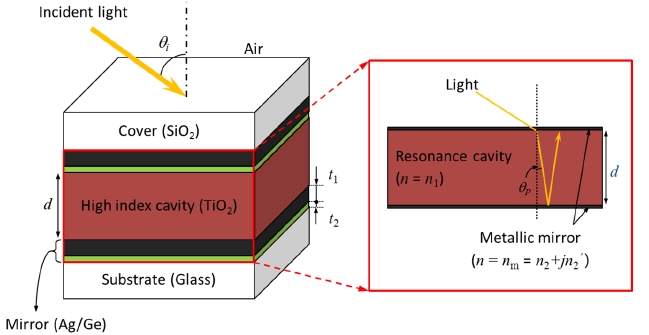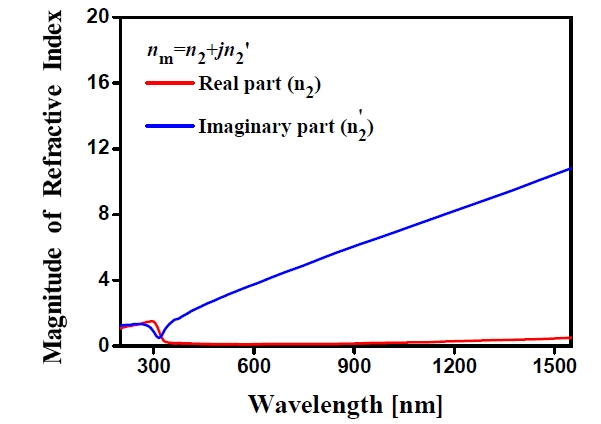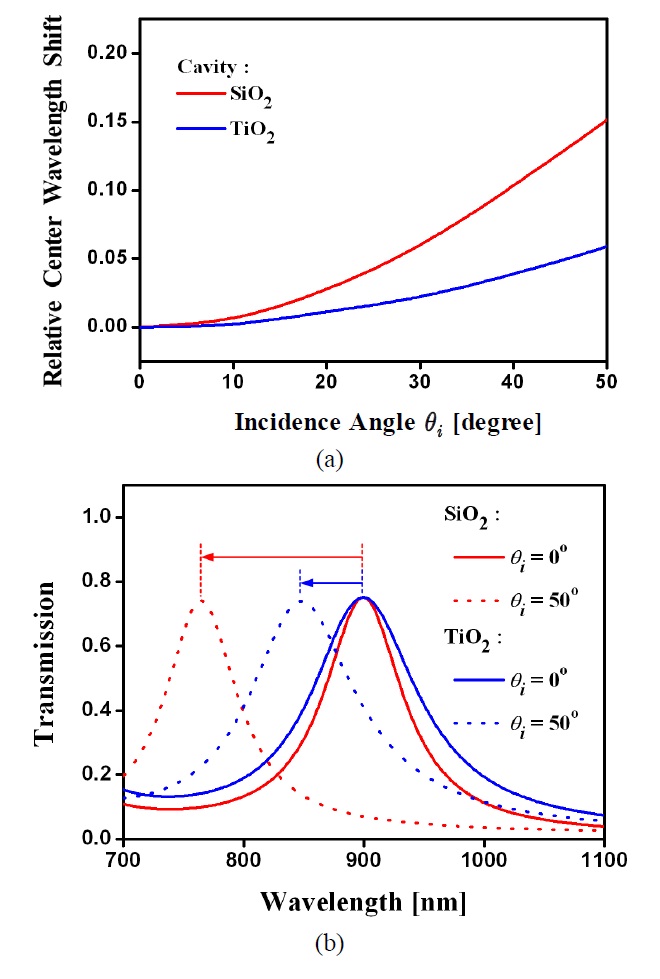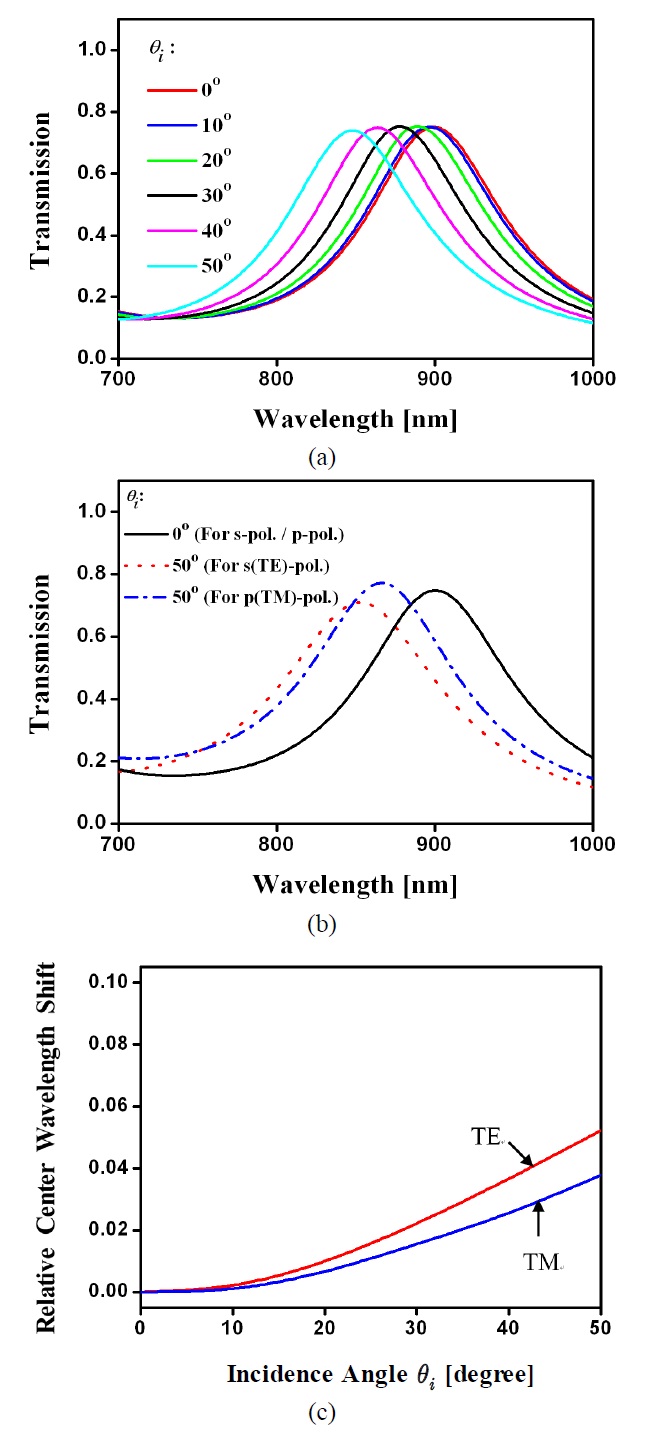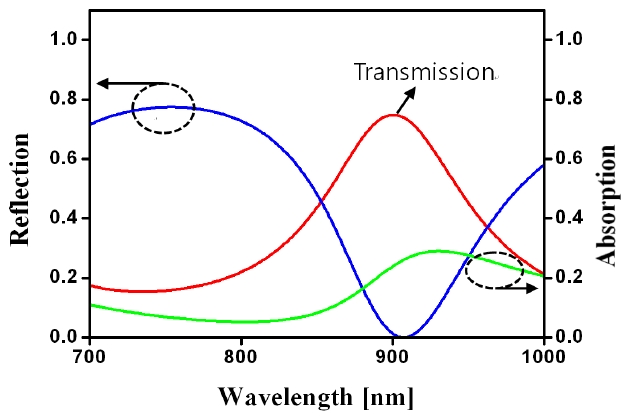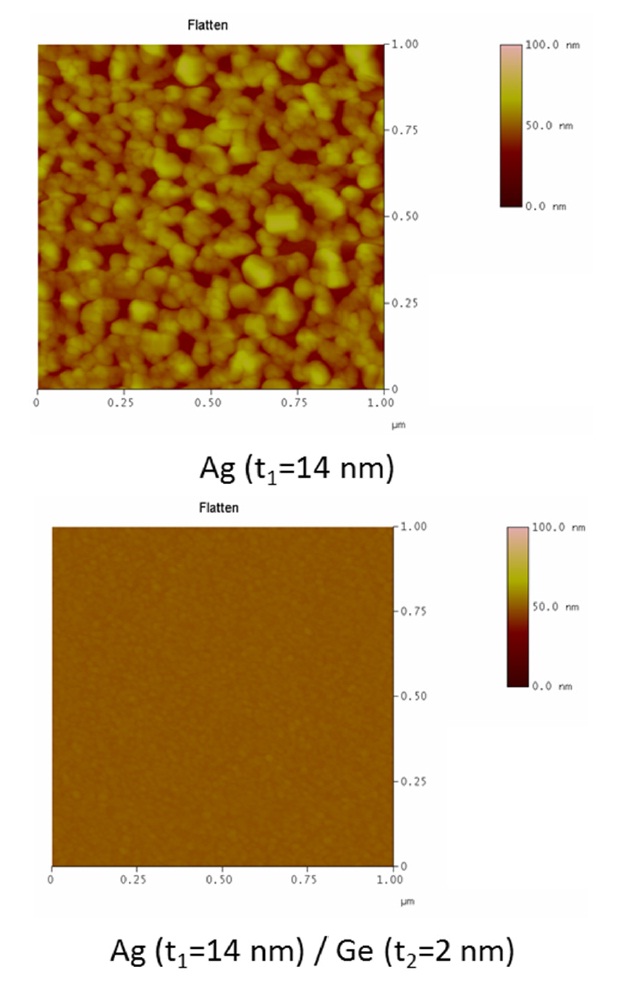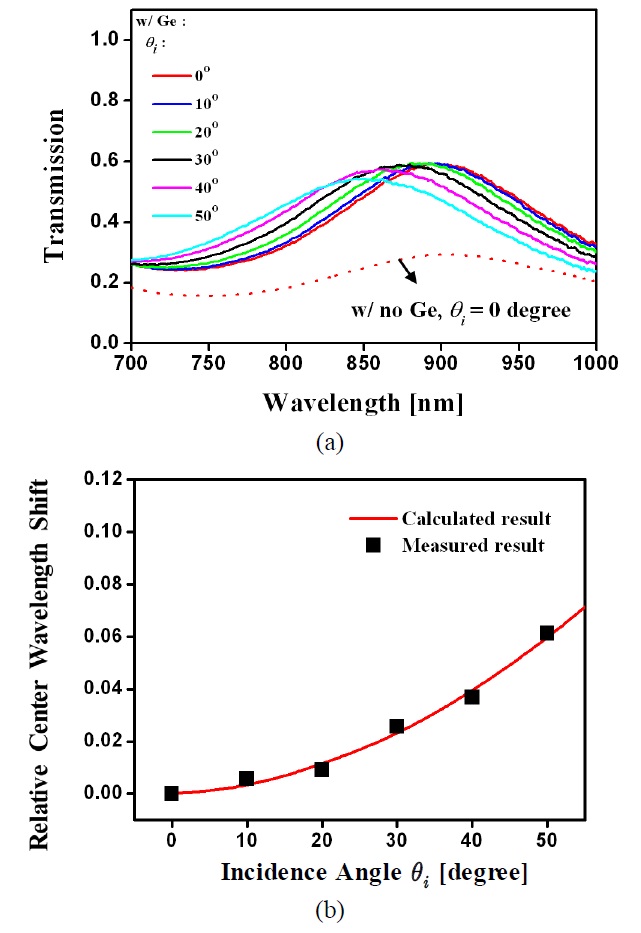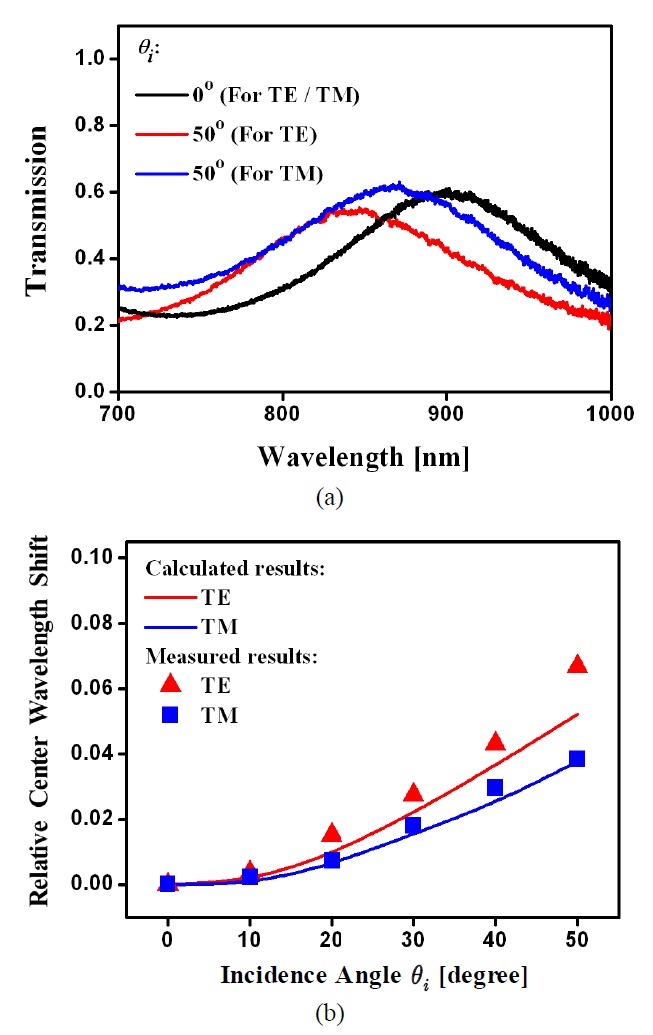



Recently, free space optics technology has been extensively applied to various fields, such as visible light communications, military training systems like multiple integrated lasers engagement systems, and last-mile wireless interconnects. A spectral bandpass filter featuring a wide field-of-view is regarded as one of the essential elements for the implementation of those applications [1, 2], taking into account the fact that it may play the role of mitigating undesirable surrounding noise caused by sunlight or lighting equipment, so as to prevent the malfunction of receivers [3]. So far, spectral filters based on multi-layered films have been actively attempted, because of their simple structure and low cost [4, 5]. However, their performance in terms of center wavelength and transmission efficiency has been critically dependent on the angle of the light beam [6-10], which is widely regarded as a paramount issue with a spectral filter used for receivers, which are applied to free space optics and image sensors. A device tapping into a complicated photonic crystal structure was also suggested, to alleviate the angular dependence [11-13]. Although the variation in wavelength remained relatively small, transmission degraded excessively with increasing angle. Moreover, the operation was severely polarization sensitive. In this paper, we have proposed and built a near-infrared bandpass filter incorporating an etalon resonator, enabling an extended angular tolerance and small polarization dependence. The resonator was created in such a way that a high index dielectric cavity made of TiO2 film is sandwiched by a pair of metallic mirrors in Ag/Ge. It was confirmed theoretically and experimentally that the influence of angle upon the resonant wavelength and transmission efficiency was remarkably diminished, as compared to the device using a low index cavity, such as SiO2.
II. PROPOSED ANGLE TOLERANT FILTER AND ITS DESIGN
We aimed to develop an angle tolerant spectral bandpass filter operating at ~900 nm wavelength. As illustrated in Fig. 1, the proposed etalon resonator, realized in a glass substrate, is composed of a high index TiO2 cavity embedded in two identical thin Ag/Ge mirrors. An oxide film is formed on top of the etalon as a protective layer, thereby avoiding the oxidation of the exposed Ag layer. It is noted that a thin Ge film has been combined with the Ag layer for the purpose of not merely reducing the optical loss caused by its surface roughness but also helping strengthen its adhesion to the oxide and TiO2 layers. An incident beam impinging upon the etalon structure is supposed to undergo a strong resonance that results in periodic transmission peaks [14].
The optical spectral response is given by the following Equation 1 [15]. Here,
evident with reference to the simulation results as discussed later. In order to overcome its limitations, therefore, we have resorted to numerical simulations.
We theoretically investigated the spectral response of the proposed filter for two different cavity materials of TiO2 (n = ~2.3) and SiO2 (n = ~1.45). As for the structural parameters, the thicknesses of the TiO2 cavity and the Ag mirror film were chosen to be
Next, Fig. 4(a) shows the calculated optical response for unpolarized light when
Fig. 5. Since the reflection is negligibly small, the limit in the peak transmission, which is equivalent to the optical loss, is believed to be mostly attributed to the absorption induced by the Ag mirror.
III. DEVICE FABRICATION AND EXPERIMENTAL RESULTS
The proposed filter device was manufactured following the procedure described here: Three layers, comprising a
film of Ag (
A collimated light beam, generated by a halogen lamp, Model LS-1, Ocean Optics, was used to illuminate the prepared filter, which was mounted on a precision rotational stage, while the output was captured by use of a spectrophotometer, Model USB-4000-VIS-NIR, Ocean Optics. Fig. 7(a) shows the transfer characteristics for an incidence angle spanning 50°. In the case of normal incidence, the center wavelength was ~900 nm as anticipated. The demonstrated peak transmission was nearly 60%, which was elevated by the amount of 30% as compared to the case involving no Ge film. This is due to the enhanced surface roughness of
the Ag/Ge film, leading to lower optical loss. The achieved transmission was still lower than the theoretical level by the amount of ~15%, which may be attributed to the unwanted absorption incurred by the fabricated Ag mirror [17]. The center wavelength slightly shifted from 900 nm to ~845 nm, as the angle increased from 0 up to 50°. As plotted in Fig. 7(b), the relative wavelength alteration obtained was accordingly observed to be as small as ~0.06, which is in good correlation with the theoretical result. The change in peak transmission was 4% or so while the spectral bandwidth was almost maintained. Finally, the measured transmissions for incidence angles of
In summary, a high angular tolerance infrared wavelength filter was constructed relying on a simple etalon resonator, utilizing a high index TiO2 cavity integrated into a pair of Ag/Ge films. Its angular sensitivity was theoretically and experimentally proven to be sufficiently low in terms of the relative wavelength shift and the variation in transmission efficiency. We anticipate our device will be readily adopted to warrant the viable operation of free space optics based modules/systems regardless of a variety of surrounding noise sources.
